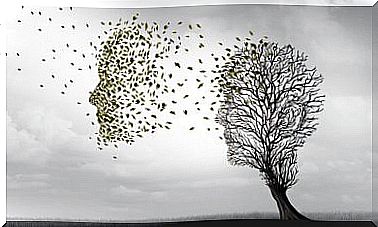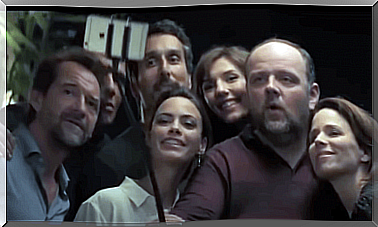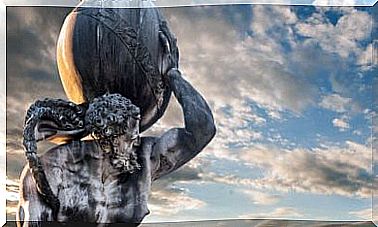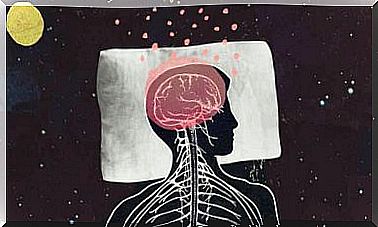HAL 9000: Intelligence And Evolution
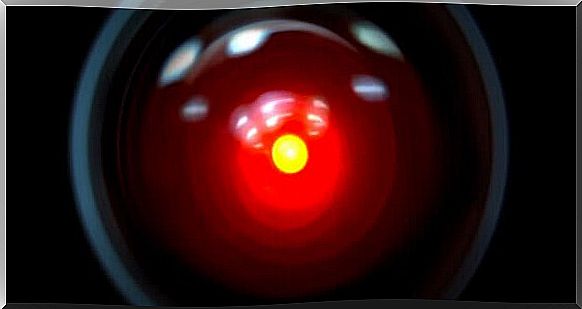
To this day, the iconic film 2001: A Space Odyssey continues to surprise, captivate viewers. It is incredible to think that this magic dates from 1968. A film that nothing, absolutely nothing, has to envy current science fiction. Masterful from beginning to end, for many it is the best film that the cinema has given us. Evolution and intelligence, machines and men, HAL 9000 and Bowman … and an ending that continues to leave us speechless make up one of the greatest works of cinema.
Few films survive the passage of time so well, few films from the 1960s have effects that still surprise today. 2001: An odyssey in space gives us the largest temporal ellipsis ever seen: from the launch of a bone to a spaceship, this is how Stanley Kubrick sums up human evolution.
The film has little dialogue, it is a purely visual experience, accompanied by a soundtrack that could not have been better chosen. Without the need to speak, it speaks for itself, and puts before us the main reflections of humanity. It manages to unite science with the mystical, skepticism with spirituality, calls into question technological advances and our own intelligence. Inventions that were still unthinkable at the time appear and it even presents a character who, without being a man, is very human: HAL 9000.
It is impossible to summarize in a few words what 2001: An Odyssey in Space means , not only because of its great contribution to cinema, but also because of the experience itself. That is why we will focus our attention on the iconic HAL 9000 smart computer. Not without first reviewing, briefly, the plot (or plots) of the film.
2001: An odyssey in space , the experience
We cannot pretend that 2001 is a work of escape, of pure distraction; It is a totally innovative film that generates an experience in the viewer. The script was the work of Kubrick and the writer Arthur C. Clarke, and it was developed in parallel to his homonymous novel. Visually spectacular, we must not leave aside its soundtrack which, far from being an emotional complement, becomes a fundamental component that gives the film a formidable philosophical base.
The film rests on philosophical, scientific and evolutionary questions that have always accompanied the human being. The selected soundtrack is, for the most part, the work of Richard Strauss. The choice of composition Thus Spoke Zarathustra (Strauss, 1896) is no accident , a symphonic poem inspired by the homonymous work by Friedrich Nietzsche in which he exposes, among other arguments, his idea of the Übermensch or Superman. That idea of the Superman, as well as that of the eternal return, will be two fundamental pillars on which the film is built.
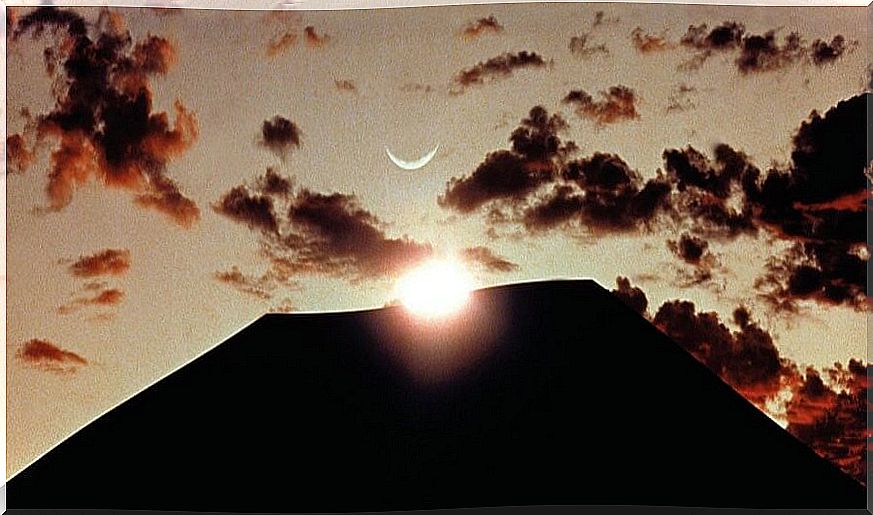
We talk a lot about evolution, but little about the future. When we think of evolution, we immediately associate the concept with the idea of “we come from the monkey”, but, rarely, do we think about the future of our own evolution. However, when we look at 2001 , we can’t help but think: what if we still have a long way to go? What if we are only one step until, at last, we reach the Nietzschean superman?
In turn, what Kubrick’s film proposes goes beyond the purely skeptical, linking the idea of evolution to that of a higher, more developed and, ultimately, alien intelligence. Parallel to the main plot, another plot related to the HAL 9000 computer develops, which induces us to think about the nature of our own advances and leads us to doubt our own idea of what is human.
The main plot
It is linked to evolution. At the beginning, we observed a group of primates that, thanks to the appearance of a monolith, managed to develop the creation of tools. We are witnessing the birth of the first men. Suddenly, a temporal ellipsis leads us to the moment when man has managed to conquer space. The second monolith appears symbolizing that man is ready to evolve but, for this, he must destroy his own creation to avoid being overtaken by it: HAL 9000. Next, the following monolith takes us to a new spatial and temporal dimension, to reflection on human life and the passing of time. Finally, the last monolith appears in a scene that has been related to Michelangelo’s The Creation of Adam . And it is that what we see is the death of man and, in turn, the rebirth in a new being that will be returned to earth: the eternal return and the superman.
The plot of HAL 9000
The creation of man, perfection turned machine that rebels against its creator. Is it a metaphor for humanity itself? HAL is surprisingly human, not even its creators can know if it has feelings; And it certainly does. So what is it that makes us human?
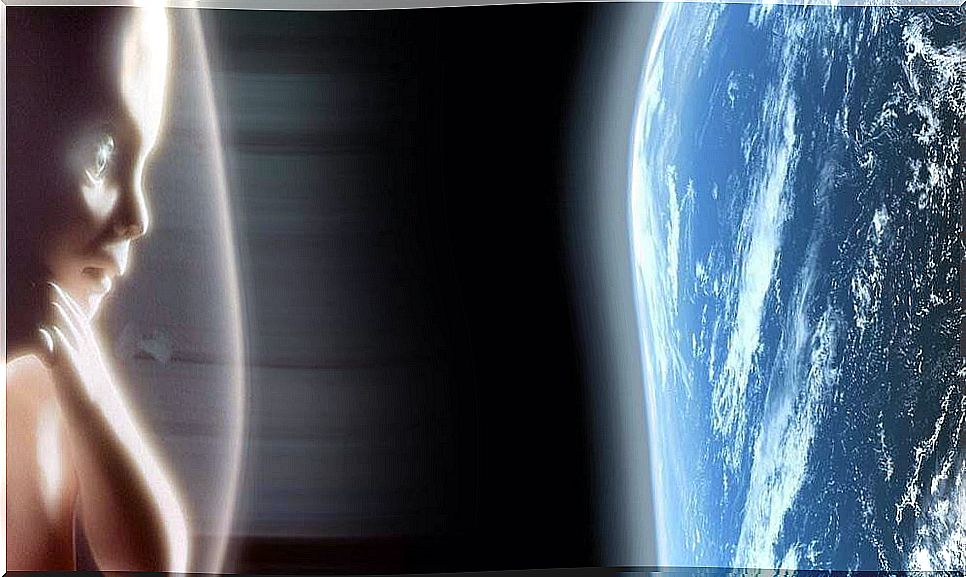
The nature of HAL 9000
HAL 9000 is the cornerstone of the mission to Jupiter on the Discovery spacecraft. The Discovery astronauts do not know the true purpose of their mission. HAL has been designed to never make a mistake, it is simply perfect. It is programmed with a single objective: to carry out the mission and not to reveal the nature of the mission to the occupants of the ship.
Everything seems to run with the usual monotony on Discovery until, after a conversation between HAL and Bowman, HAL reports a bug to Bowman that ultimately turns out to be wrong. How can a perfect computer, incapable of making mistakes, go wrong? This causes astronauts to distrust HAL and plan to disconnect it. HAL cannot hear them, but is able to read lips and, discovering the astronauts’ plans, experiences a very human feeling: fear.
What exactly happened? HAL is programmed not to fail, but in turn, not to reveal the nature of the mission. Bowman’s response arouses some uncertainty in HAL, a certain fear that the mission will not reach its objective. For this reason, HAL must decide between telling Bowman the truth so as not to jeopardize the mission or keeping the secret, something that could lead to a failed mission. At this point, HAL is faced with a dilemma from which it is difficult to escape and turns to something totally human: the lie.
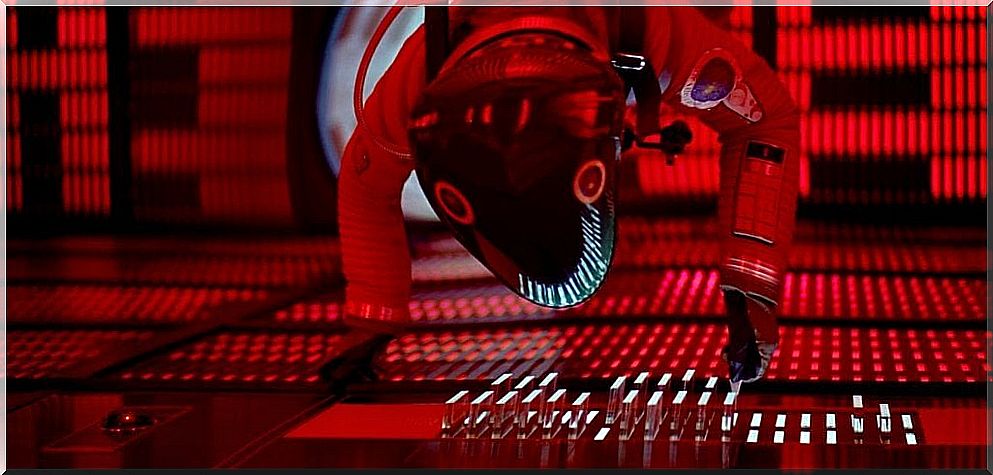
In this way, HAL 9000 ceases to be just a machine, becomes obsessed with the mission and behaves irrationally as a result of its suffering. HAL owns its thoughts, its feelings and is aware of its own existence. When he finds out that they want to disconnect him, the most human fear of all appears in him: the fear of the end of his own existence. Kubrick has just anticipated one of the dangers of our contemporaneity: the moment when machines surpass and dominate the human being.
Certain parallels have been seen between 2001 and Homer’s Odyssey , since the word “odyssey” already appears in the film’s title. But the interesting thing we see in the character of HAL 9000 and its similarity to the cyclops Polyphemus. Cyclopes have one eye, something that visually reminds us red “eye” of HAL.
Polyphemus was attacking and murdering the companions of Ulysses and, finally, it was Ulysses who defeated Polyphemus; And she did it by getting him drunk, stunning him. HAL rebels and kills the astronauts. Finally, Bowman manages to disconnect HAL who, little by little, loses consciousness until he dies. Bowman is the only one who manages to survive, he will become the superman.
Ultimately, what it raises us is a deep reflection on human nature, on intelligence. The film and, especially, its end is quite an experience, a journey into the depths of humanity. With hardly any words, Kubrick managed to capture a film that delves into countless philosophical questions and gave us a character like HAL 9000. A character who, without having a human form, is extraordinarily human.
